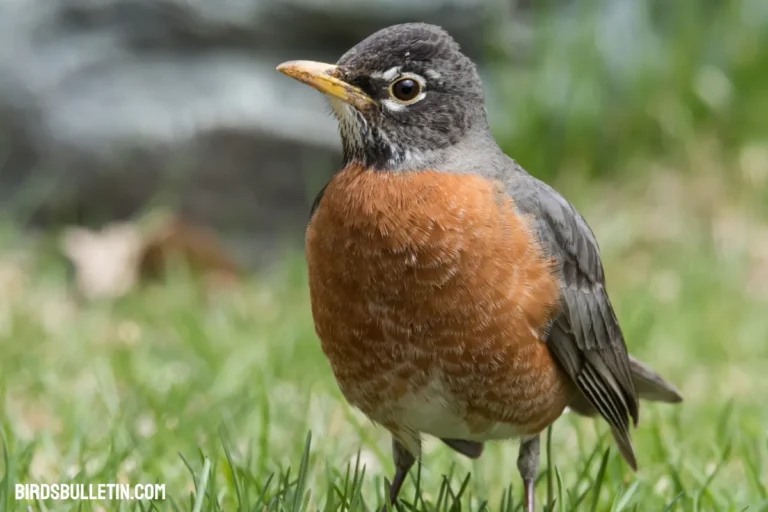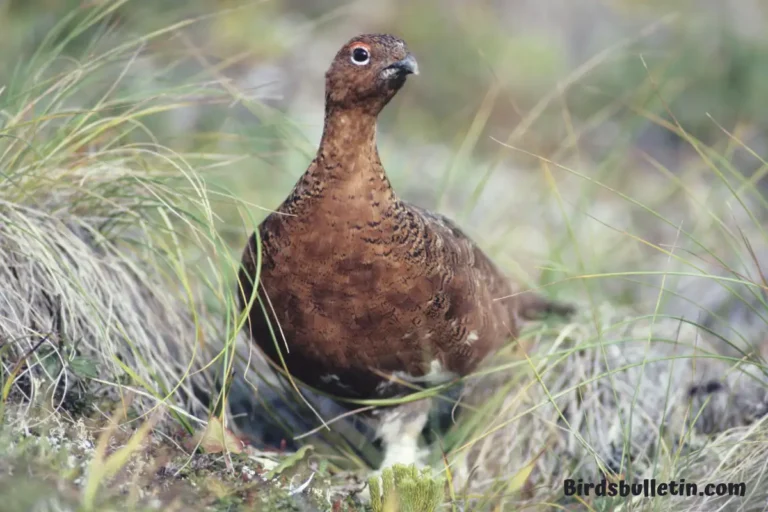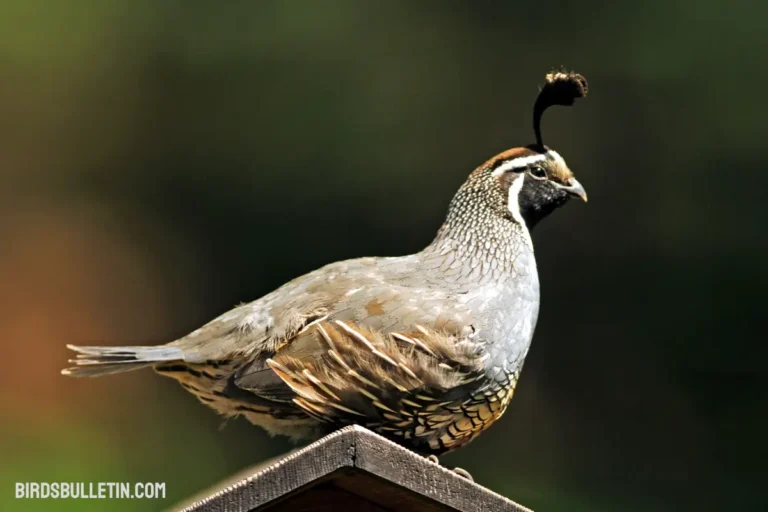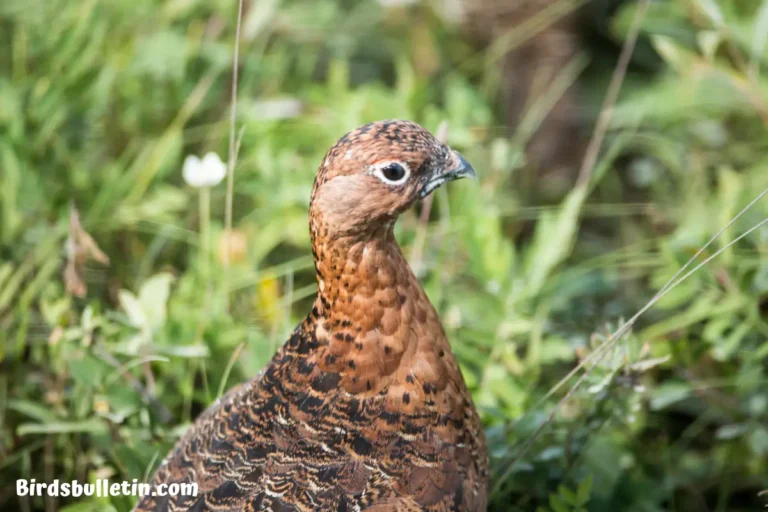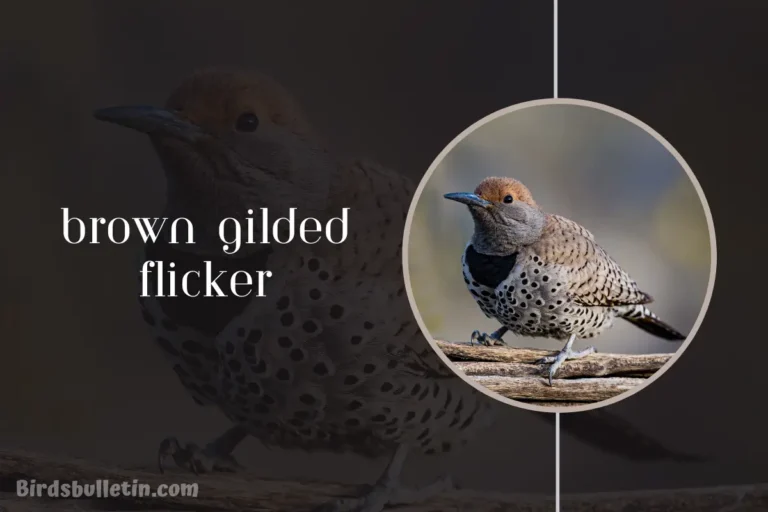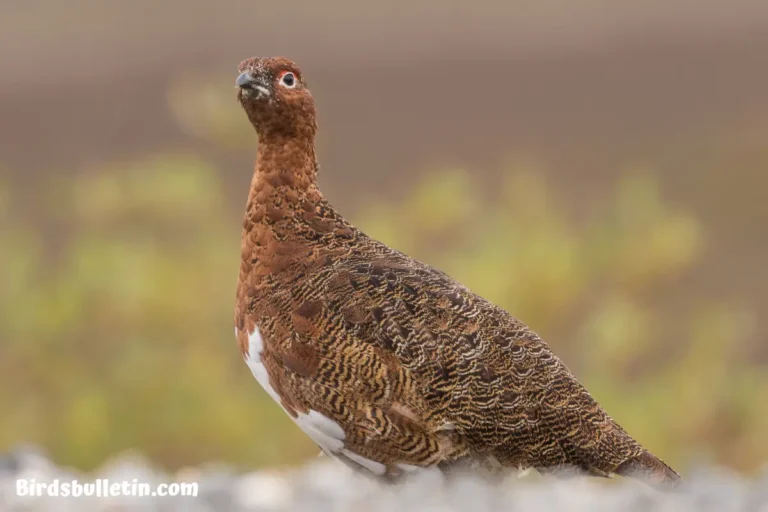Callipepla Californica Canfieldae
C. c. canfieldae, commonly referred to as the Owen Valley quail, is a unique subspecies of the California quail native to the scenic Owens Valley of east-central California.
In this comprehensive overview, we will explore the key characteristics of this bird and ongoing efforts to protect its natural habitat.
Looking for more overview about bird subspecies:
Scientific Classification
- Kingdom: Animalia
- Phylum: Chordata
- Class: Aves
- Order: Galliformes
- Family: Odontophoridae
- Genus: Callipepla
- Species: Californica
- Subspecies: Canfieldae (Van Rossem, 1939)
Identification
Callipepla Californica canfieldae can be identified by its unique plumage and size, characteristic of the California quail species.
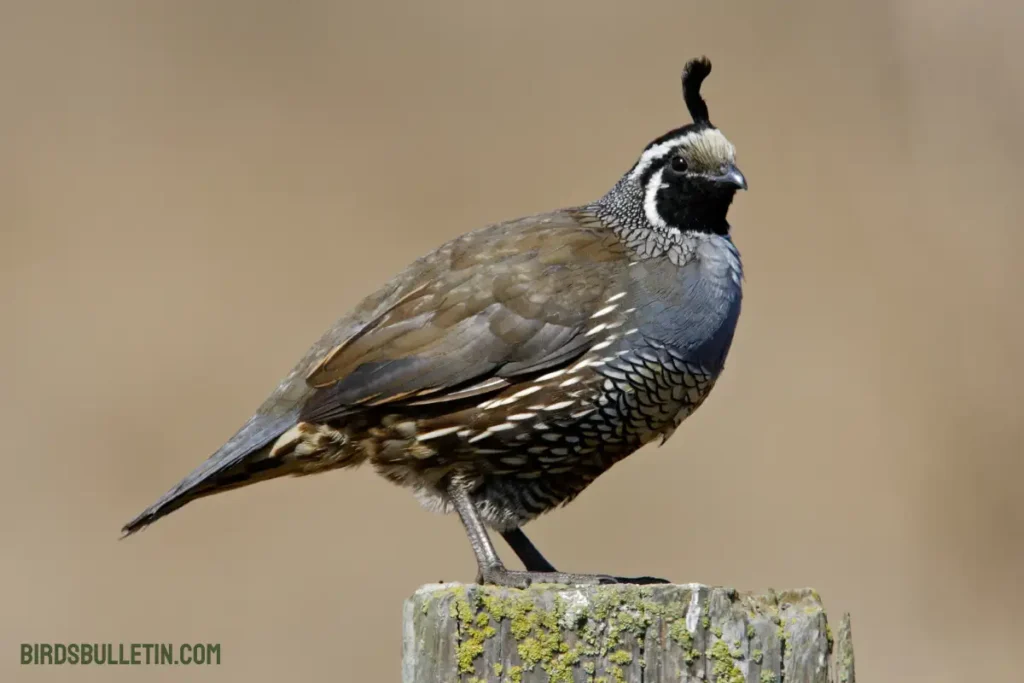
While it shares the common traits of a plump body and a distinct crest, specific coloration patterns and markings distinguish this subspecies.
Observant birdwatchers often notice subtle differences in its appearance, setting it apart from other California quail subspecies.
Location
Endemic to the Owens Valley region of east-central California. The range extends from the town of Bishop south to Olancha. Found in arid shrublands and scrub habitats.
Interesting Facts
- Owen Valley quails exhibit intriguing social behaviors, forming coveys for protection against predators and enhancing their foraging activities.
- These quails are adept ground foragers, relying on their keen eyesight and strong beaks to locate various food sources, including seeds, insects, and plant matter, within their native habitat.
- The subspecies’ specific vocalizations and calls contribute to the rich acoustic environment of the Owens Valley, serving as unique markers of their presence.
Status
C. c. canfieldae has a limited range restricted to California’s Owens Valley. Population likely less than 10,000 mature individuals. Habitat loss is the main threat. Classified as Near Threatened on the IUCN Red List.
Conservation of Natural Habitat
Threats include the conversion of scrub habitat for agriculture, overgrazing, and urbanization. Protecting remaining habitats and creating protected areas important for survival. Managing land for native vegetation and water sources is needed.
Frequently Asked Questions
01. How does the Owen Valley quail’s behavior differ from other California quail subspecies?
While maintaining similar social structures like coveys, Owen Valley quails exhibit specific vocalizations and calls unique to their subspecies, contributing to their distinct presence in the Owens Valley habitat.
02. Is the Owen Valley quail primarily a ground forager?
Yes, Owen Valley quails are highly skilled ground foragers, relying on their sharp eyesight and strong beaks to locate various food sources, including seeds, insects, and plant matter, within their native habitat.
03. Are there specific predators threatening the Owen Valley quail population in the Owens Valley?
While natural predators like raptors and mammals pose threats, habitat loss due to human activities is a significant concern for the Owen Valley quail population. Conservation efforts are essential to mitigate these challenges and ensure their survival.
Summary
The Callipepla Californica canfieldae, thriving in the Owens Valley of east-central California, represents a distinct and captivating subspecies of the California quail.
Its unique identification traits, specific habitat preferences, and social behaviors make it a subject of fascination for researchers and nature enthusiasts.


